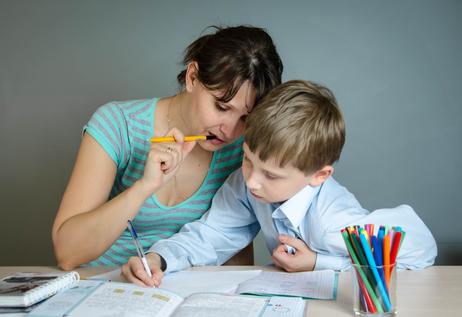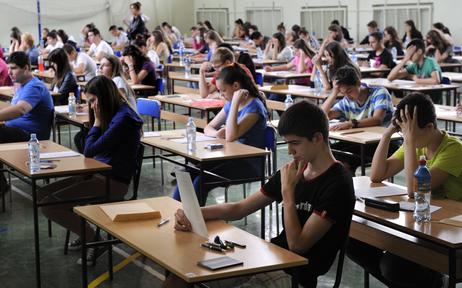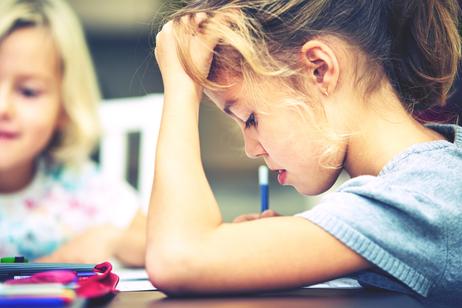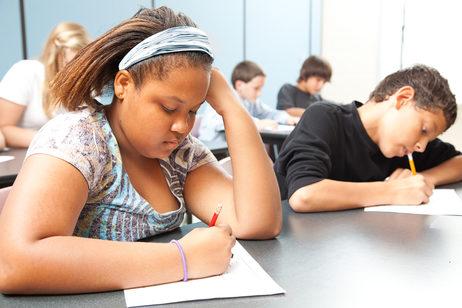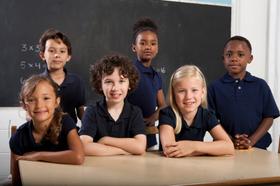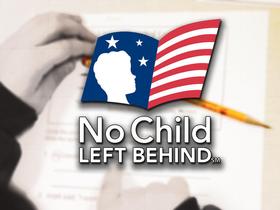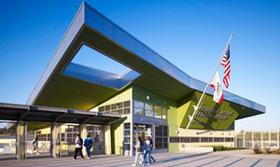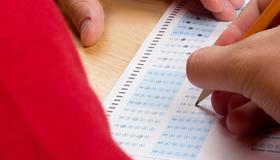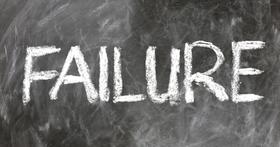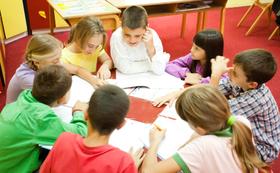Autism is by no means a rare condition, though a great deal of research still needs to be completed to truly understand the cause of this condition and the best way to treat it. If you have a child with autism, getting through the day can be challenging. The thought of sending your autistic child to school – to an environment that could be scary and overwhelming for your child – may cause you to panic. With education and preparation, however, you can get your autistic child ready for school.
In this article, you will learn some background information about autism to help you understand your child's unique challenges in school. You will also receive some detailed tips to help prepare yourself and your child to make the transition into school as smooth as possible. The more prepared you and your child are, the better he can transition into a school setting.
Understanding the Basics of Autism
Autism spectrum disorder, more commonly known as autism, is a general term for complex brain development disorders. Autism affects the child’s social interactions as well as his verbal and nonverbal communication skills and repetitive behaviors. Every child with autism is unique, though in general, autism seems to be rooted in early brain development. Signs of autism tend to manifest between the ages of 2 and 3 years, though they can certainly appear earlier or later. Autism is frequently associated with intellectual disabilities, difficulties with motor coordination, and, in some cases, physical

